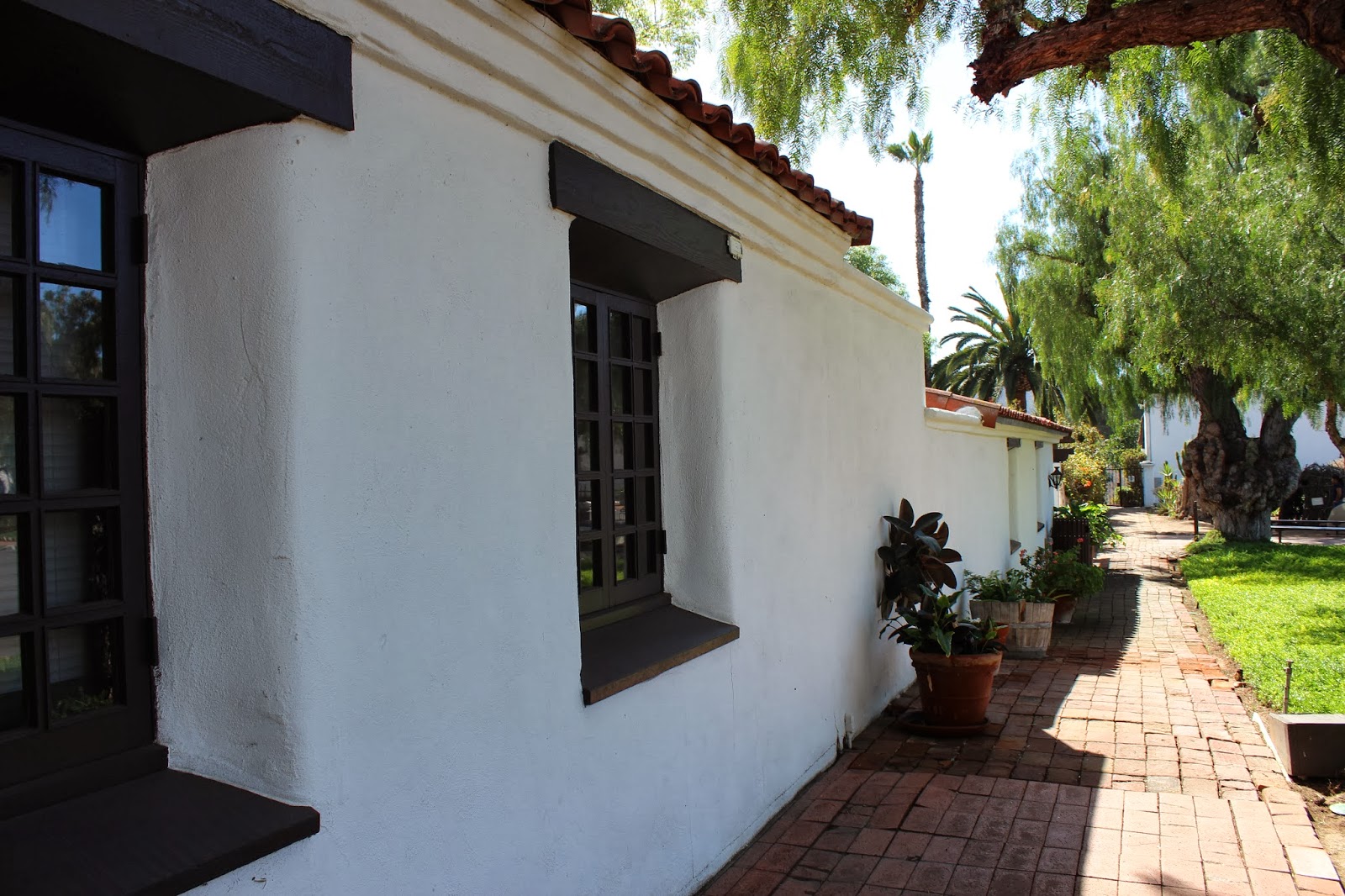Mission San Diego de Alcala is the first mission in San
Diego and has a long history of local influence. It is now a National Landmark
due to its 1769 start that has molded the city. Thousands of visitors come to the landmark to see the early beginnings of Western influence in the area.
Prior to this, Native Americans lived in the region and maintained natural lives
unseen by outsiders. The mission was an attempt to colonize and convert these
locals while maintaining ownership of the land.
The first mission was established
in On July 16, 1769 by Father Serra. It overlooked the bay but only lasted five
years because of a lack of water and ability to maintain crops. The new mission
was moved closer to the Native American tribes at the mouth of the river.
However, discontent broke out in the Native American villages and 800 warriors
sacked the location fearing the mission’s intent.
Because of the sacking, the
mission was rebuilt like a fort to protect the inhabitants. It was a poor area
but eventually with time, effort, and Native American interest it became
self-sustaining and productive. It stayed untouched until secularization
removed some of the religious leaders after Mexico won its independence from
Spain in 1821.
Once the U.S. claimed the area, the
military in 1853 brought its cavalry and artillery to ensure control. They
improved mission infrastructure but eventually abandoned it until nuns came and
started a school. It moved back into an active parish and historical landmark
visited by people studying California history. The cost of admittance is $5.




